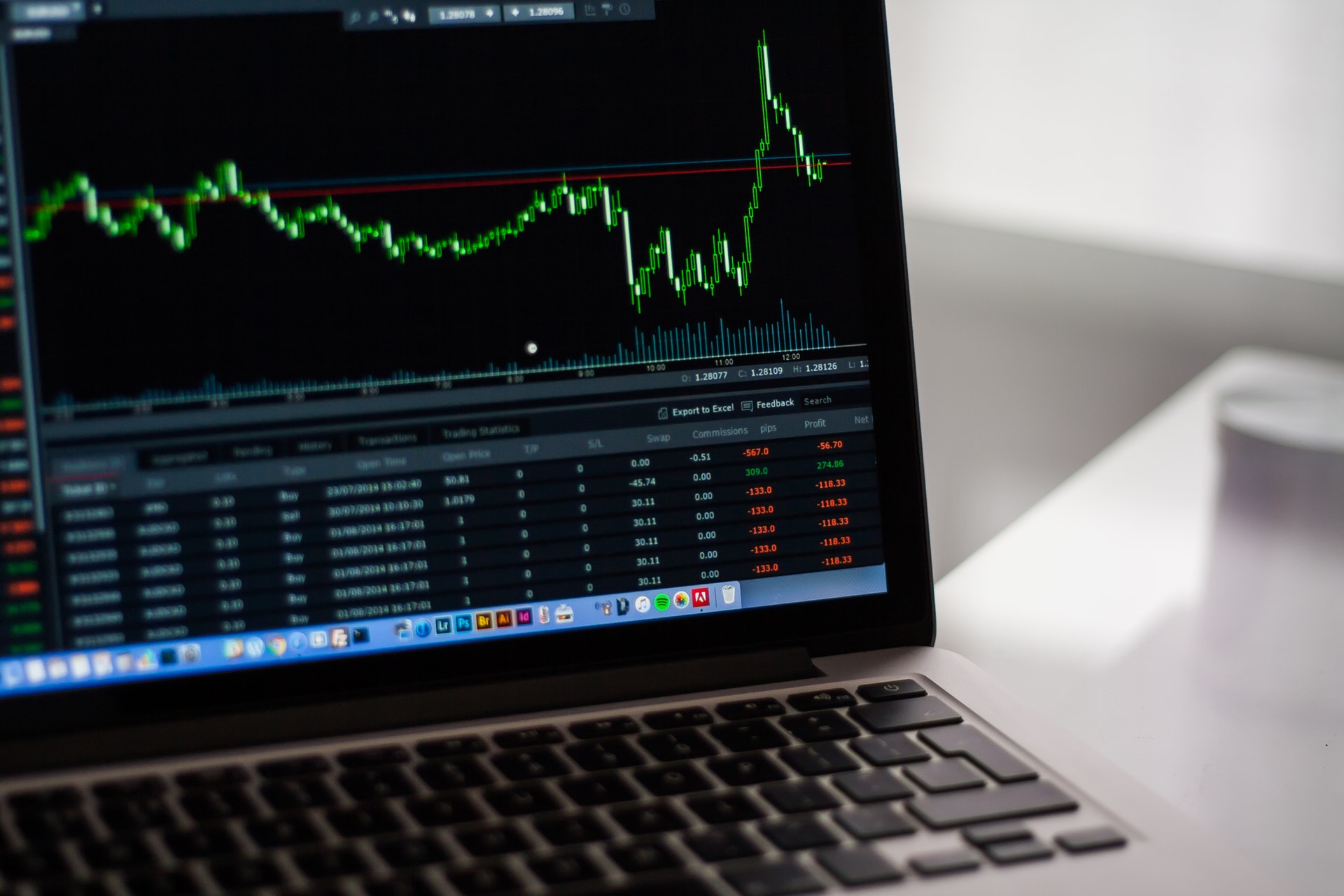The auto insurance industry has undergone transformational change for both business and consumers since 2016. There are several innovative technologies under development. Yes, we will continue to use four-wheeled cars, but they won’t be only equipped with basic features. Instead, they are transformed into tech marvels with features incorporating the best from cloud computing, big data, and IoT. What will this involve? Trade Finance Global investigate.
Tech development has led to innovations and is preparing new safety standards for the future. Big data analytical platforms are now optimizing various parts of the transportation and freight forwarding industry (see our recent article on freight forwarding innovations here). These improvements will make freight forwarding safe, efficient and affordable.
The technology we need to make this happen is still some distance away, but they are still under development. We looked at three technologies in more detail and how tech is disrupting this.
Usage Based Insurance
Internet of Things (IoT) has paved the way for connectivity. IoT platforms have certainly made a dent in the insurance market. They help insurance companies assess important elements of risk to help them create pricing policies, as well as predict usage from consumers. The introduction of IoT also created important opportunities in automotive insurance sector including UBI, Usage Based Insurance.
Usage-based insurance is a category of auto insurance which puts different factors under calculation for premium. These factors cover the type of vehicle being used, distance traveled and the driving behavior. It promotes safe driving habits.
Altogether, these will help reduce accidents and help insurance companies reduce claim payment and ultimately improve the bottom line. UBI is further divided into the following types:
- Pay as You Drive – PAYD
- Pay How You Drive – PHYD
- Manage How You Drive – MHYD
- Distance – Based Insurance
This will develop future applications like IoT Fleet Management, Semi-Autonomous and Autonomous Car, Artificial Intelligence, and HMI in Transportation.
There are premium discounts offered to customers based on their driving parameters and behaviour. This has cut the claim processing with help tech such as crash notification and improved insurance products for the user. The usage-based car insurance will improve the growth of connected services.

Image: How AT&T Vehicle Solutions uses Usage-based Insurance
Mild Hybrid
European and American Insurance Companies are really into hybrid cars. The Asian market is not too far behind, but the perks offered in these two markets take the lead. The idea of a high voltage electrical system has been around for 15 years, especially the 42V system. Despite the potential benefits, the 42-volt system was unsuccessful.
High costs of components and failing to power the system drove it underground. OEMs dominated the 42V system. Thanks to the recurrence of high voltage 48V, the components are cheap while the tech is durable. Not to mention, it’s also environment-friendly.
The average CO2 emission is limited to 95g/km. With real driving emission tests, it will make the emission tech more sophisticated. Tech like variable valve timing, gasoline direct injection, cylinder deactivation, and downsized turbocharged engines are already dominating the OEM scene. Therefore, switching to 48V or using it with a combination of existing solutions will improve the fuel economy and emission.
Car Health Monitor
Automotive Biometric Identification system is still in initial development phase. The tech didn’t mature enough to be commercialized. Therefore, the technologies will grow in forthcoming years and have their fair market share a bit later.
Advancements in tech like iris and facial recognition will enjoy widespread market acceptance. Manufacture will try to overcome the in-health state of drivers like driver fatigue, heart rate monitoring and sleep deprivation. These issues will be detected, and warnings will notify the party involved. The health monitoring will be achieved with help sensors equipped steering and seat belts.
Their integration with semiconductors and in-vehicle health monitory will emerge as a trend.
Conclusion
The technologies driving innovation in the auto insurance market are helping transform the consumer journey and drive efficiency in the space.
Read more at https://www.tradefinanceglobal.com/posts/3-technologies-that-will-reshape-auto-insurance/











